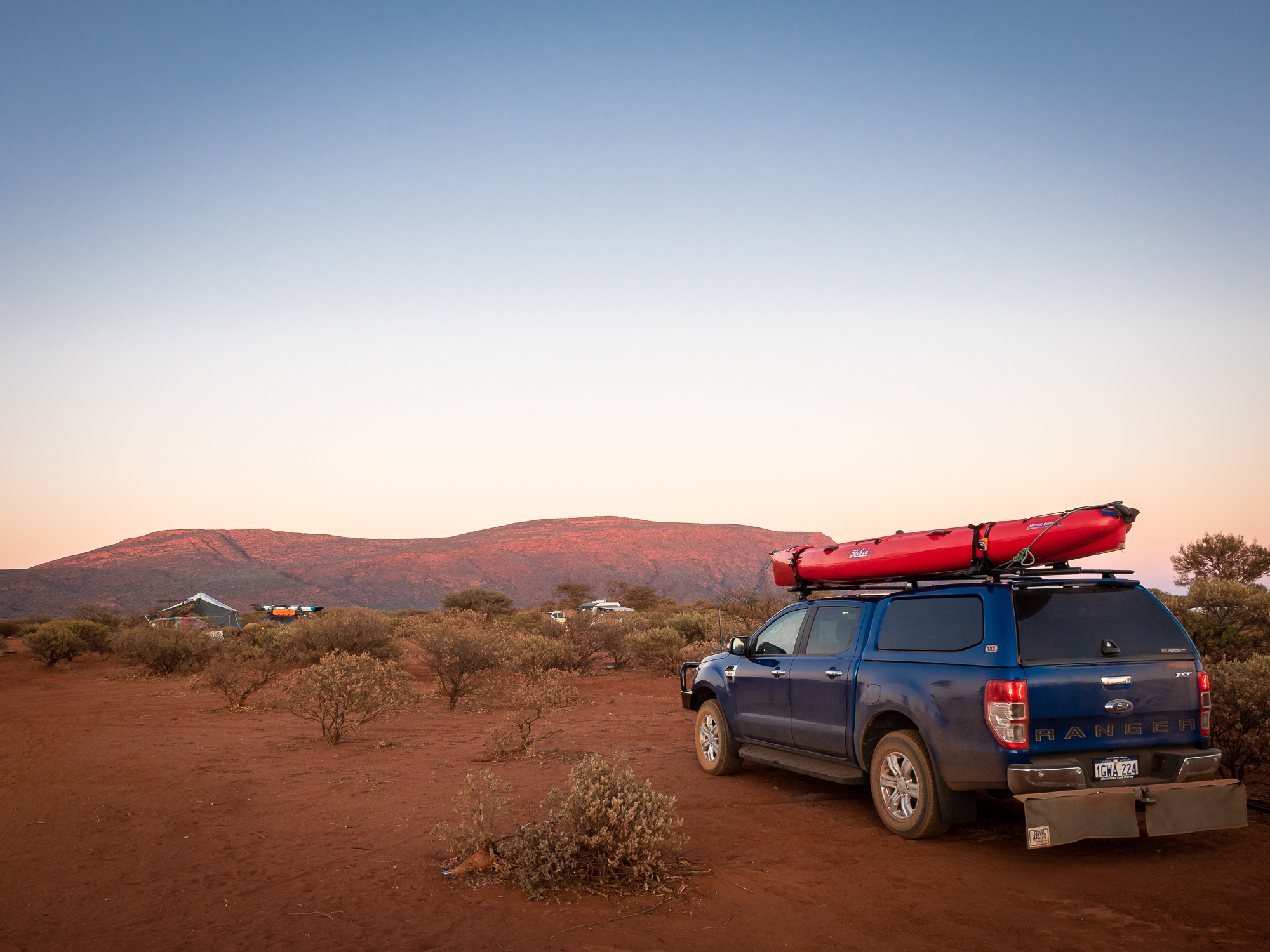
With a few days planned at Mt Augustus, we decided to tackle the hardest challenge of the trip being the 12km return ascent to the summit, some 715 metres above the landscape it sits in. Setting off relatively early, it was another very dusty drive out to the start of the summit walk track. As we left, it was a beautifully calm and sunny day, but around the southern side of the rock there was a stiff and rather cool breeze blowing. After checking our hiking kit twice, we headed off into the great unknown, following the well-marked trail up to Flintstone Rock which sits in the dry creek bed and under which you view some excellent Aboriginal petroglyphs – rock carvings – which pre-date painted Aboriginal art. From here it’s a 6km trek, up an ever-changing terrain and difficulty level to the summit. Jules was wearing her gym heart rate monitor thingy and burnt over 1400 calories on the 2.5hr trek to the top and another 1200’odd on the return trip. Needless to say, it was a strenuous hike. During the climb there are numerous excellent views out to the plains which rapidly fall away behind you however, on reaching the summit, we were a bit disappointed with the limited views from the top. We were very happy to have completed the climb but don’t think we’ll be rushing back to do it again or, in fact, strongly recommending it to others to do. Jules tweaked a foofer valve, otherwise known as a groin strain/hernia, on the way up, so was really sore by the time we made it back down. But she carried on like a trooper and didn’t complain (much)…
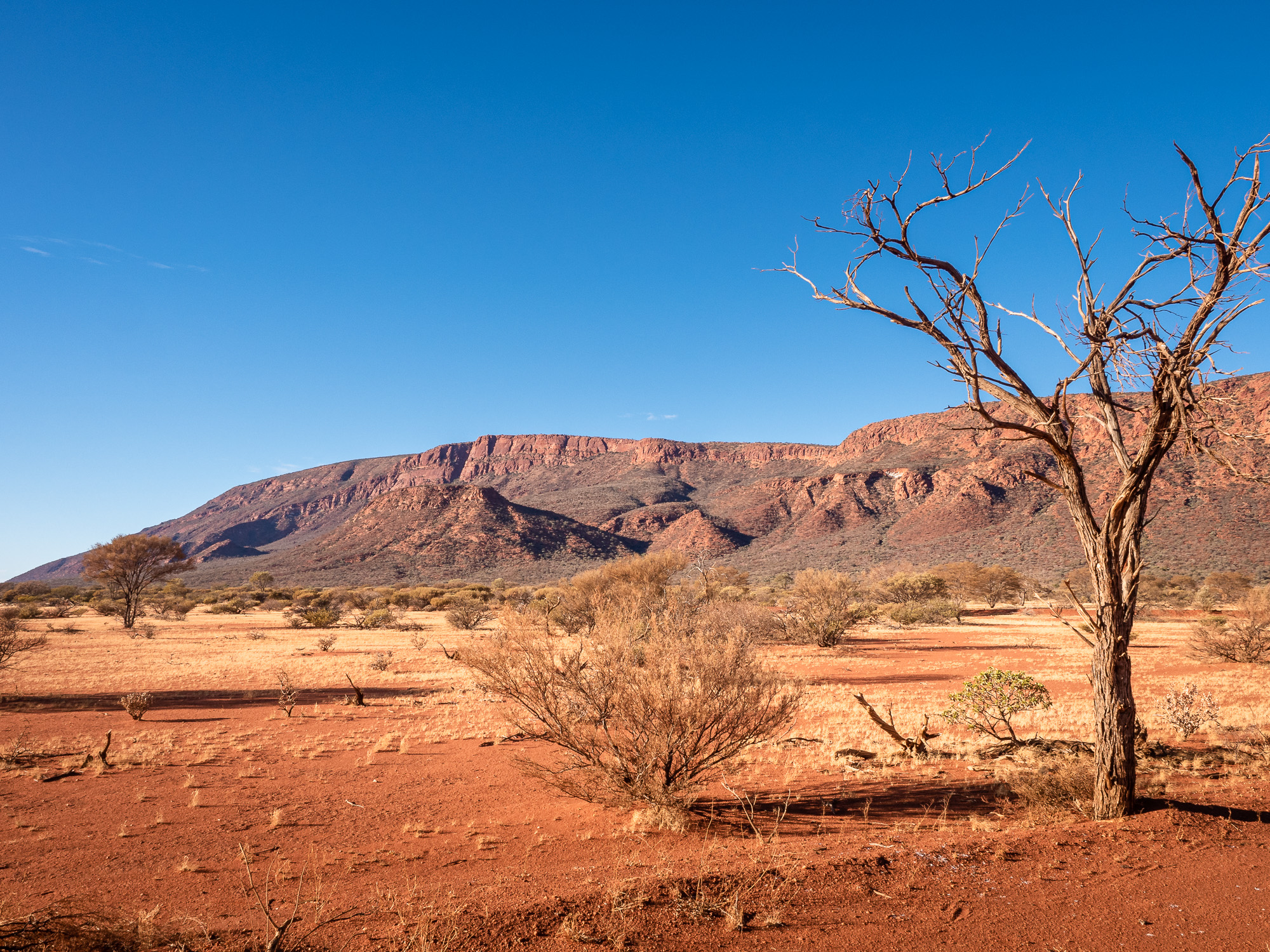
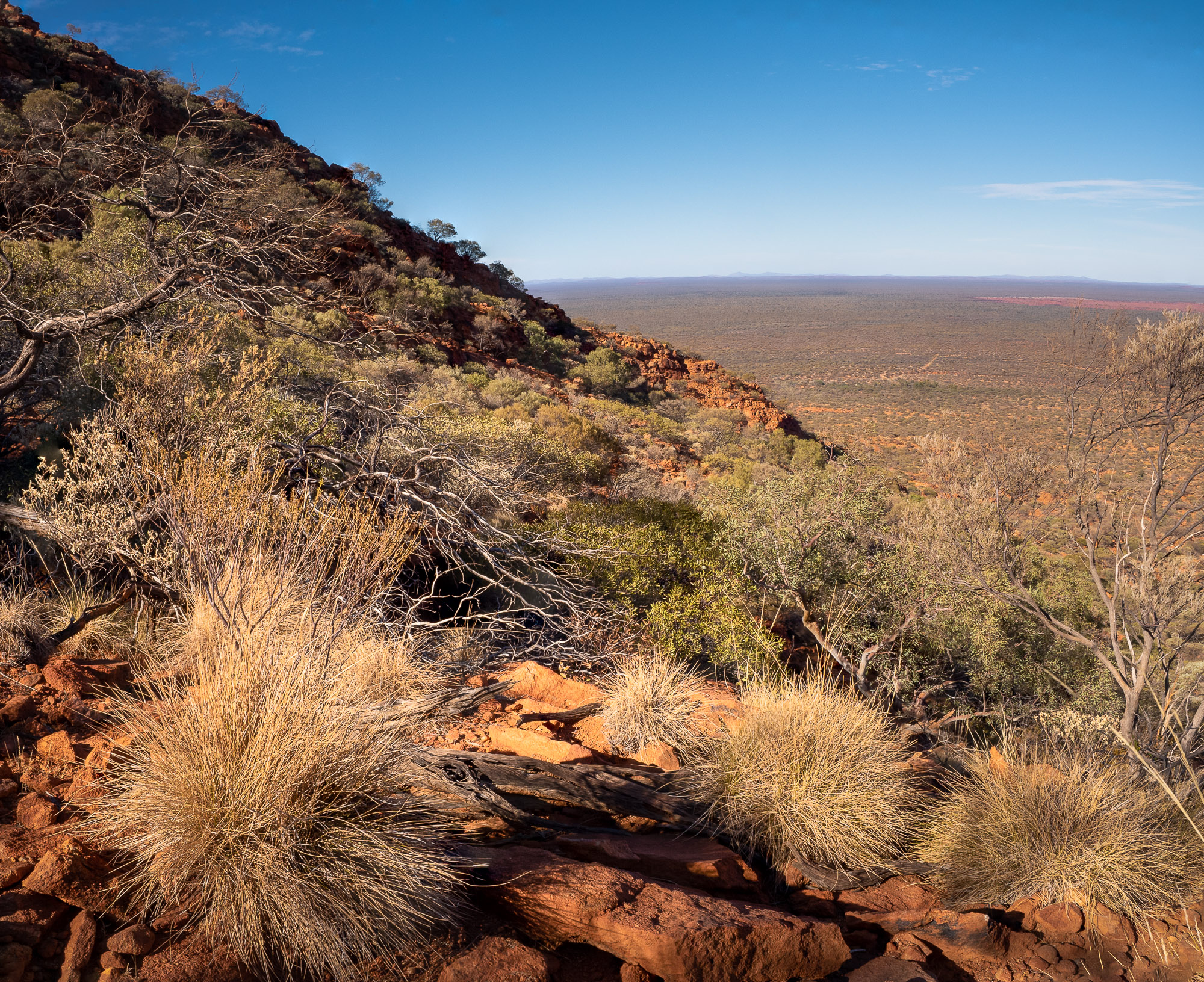
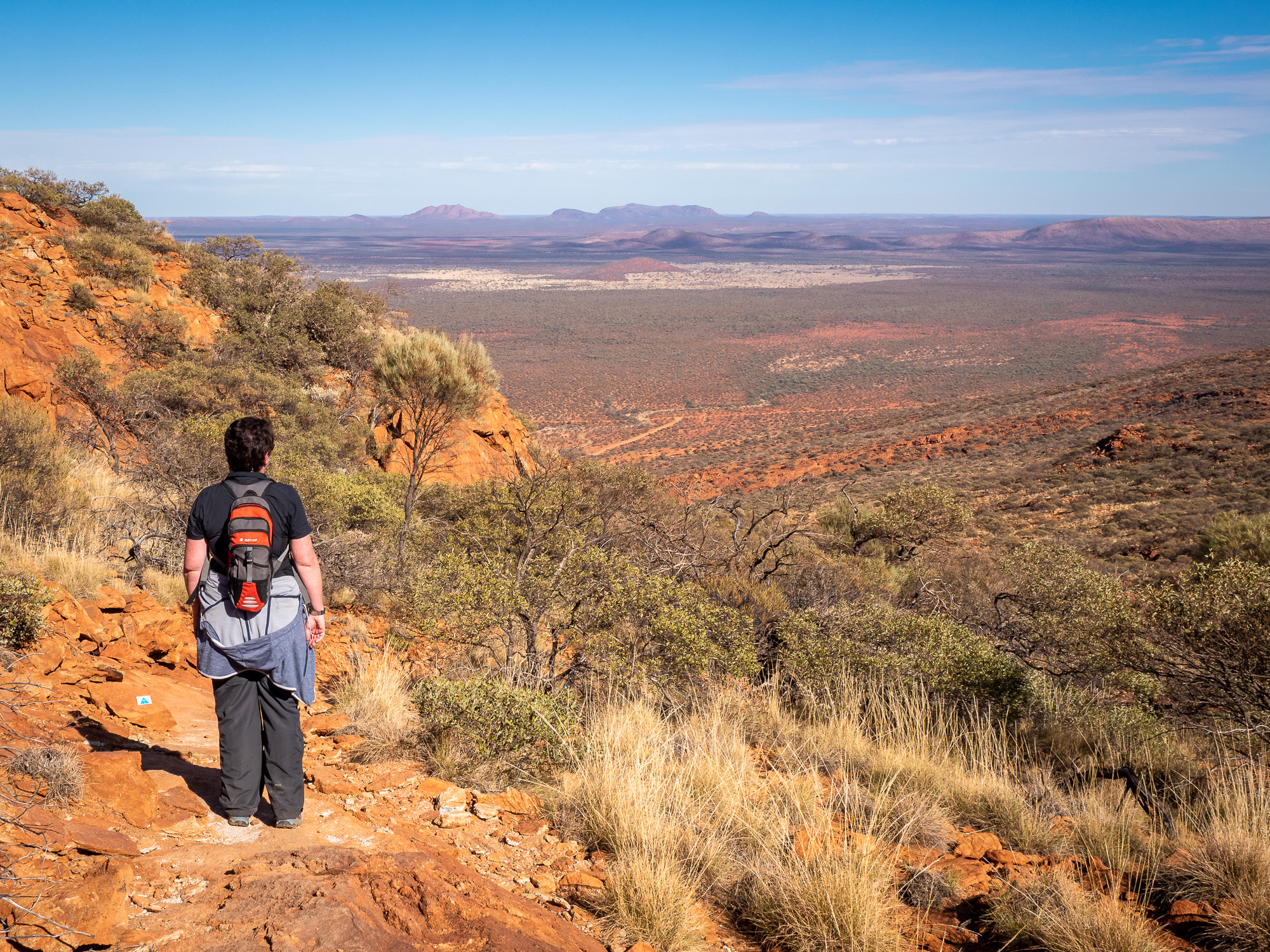
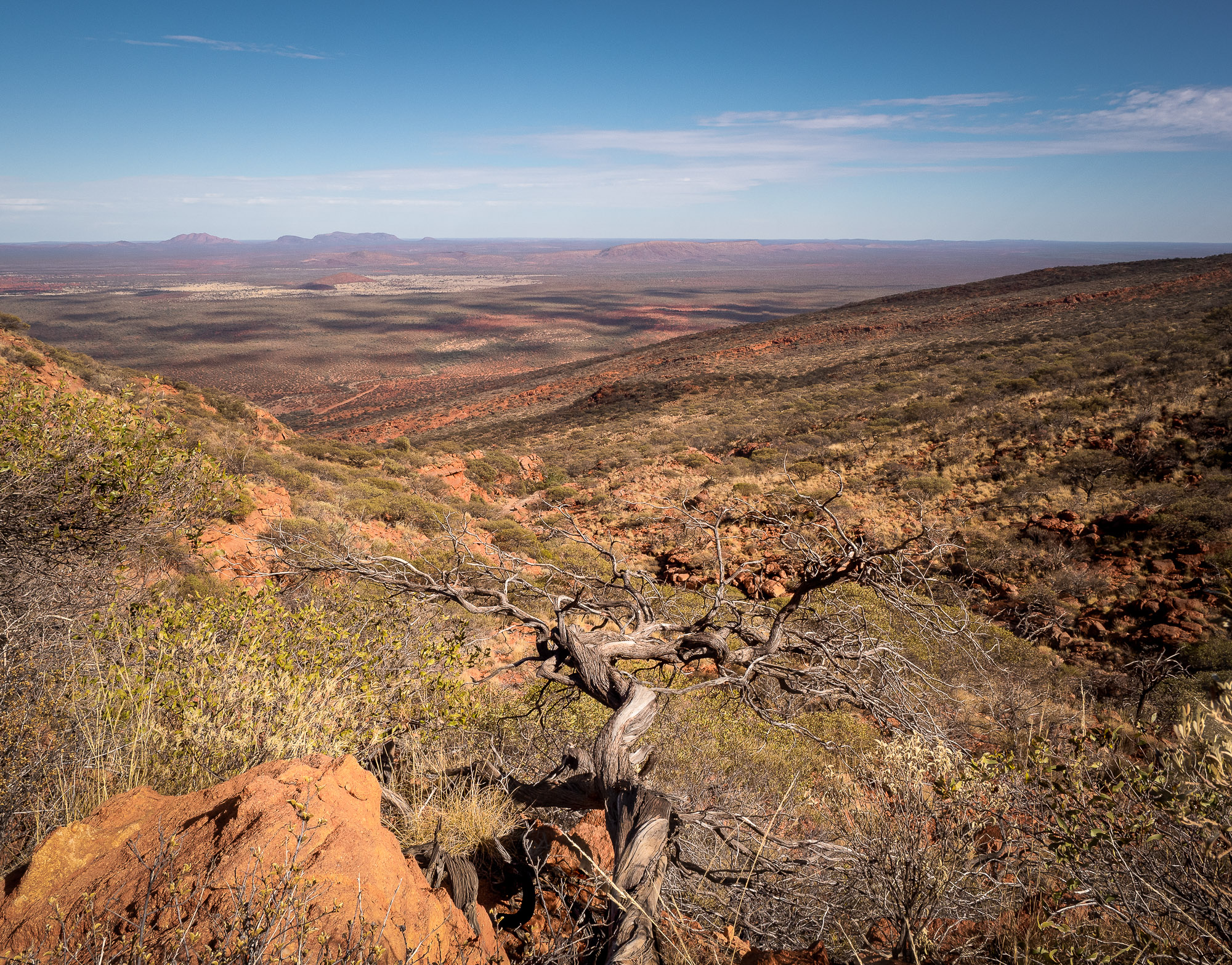
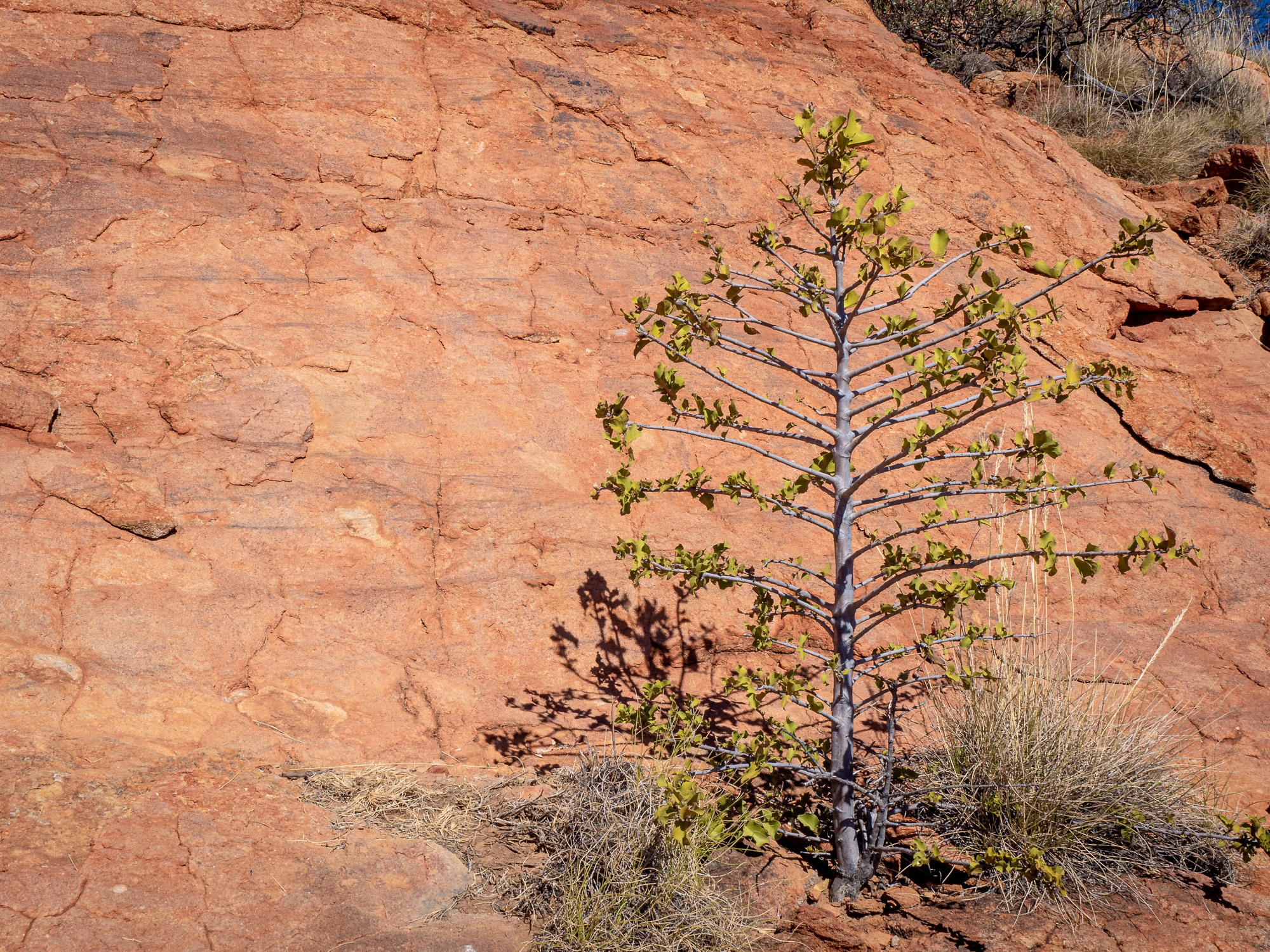
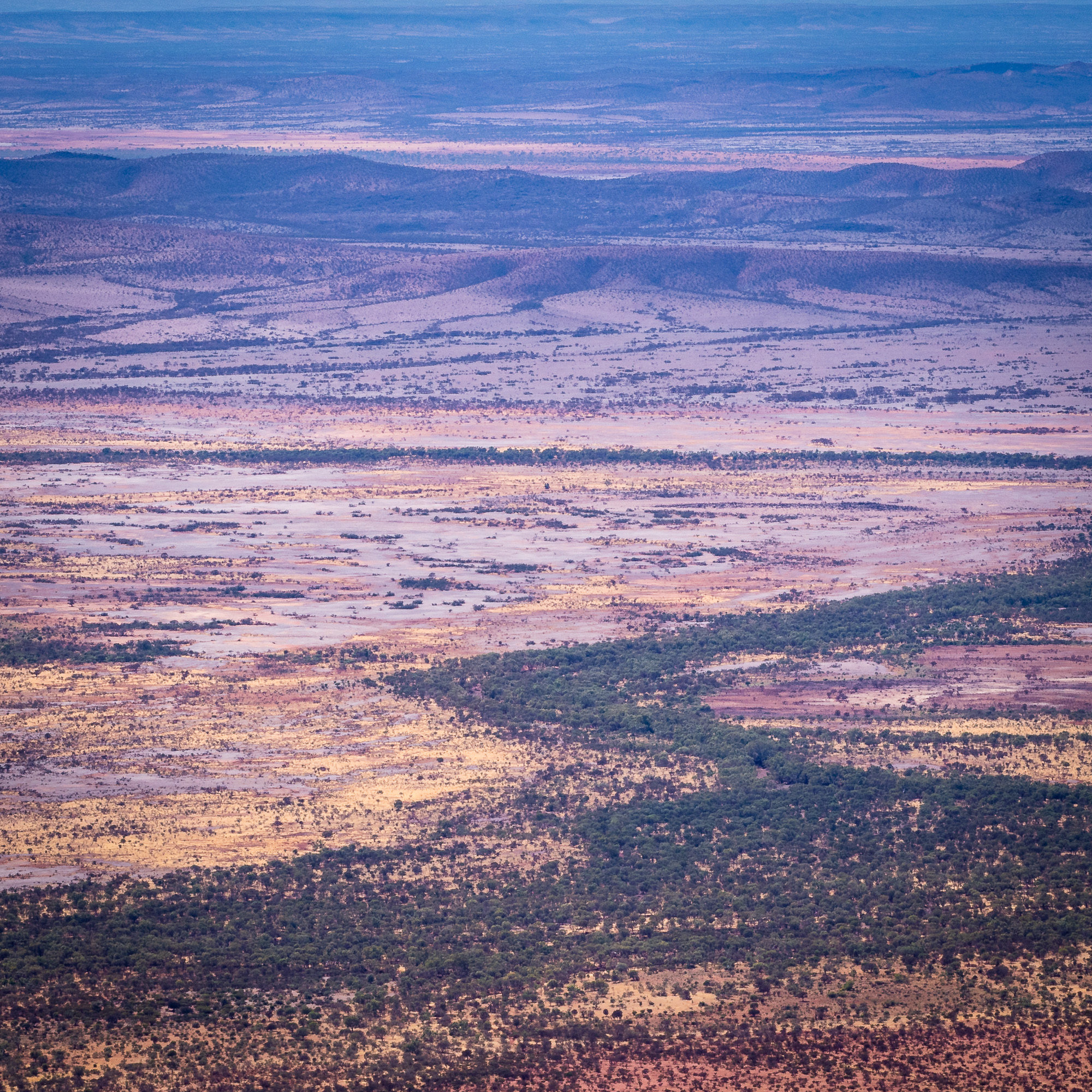
One thing we can now confirm, however, is the fact that Mt Augustus is a bloody big rock, apparently the largest in the world, they say. From the ground it looks a bit like a range, however, as you climb it you quickly see how the millennia of sedimentary dirt has hardened into very discrete layers of sandstone and conglomerate rock. And, as you make your way up you can see the demarcated sheets of very hard, water and wind worn, smoothed rocks topped with decomposing sandstone which is literally birthing new reef lines, pebbles and boulders of quartz and other rocks. Check out the following pic which shows both a quartz reef and the various pebbles being decomposed out of the host rock.
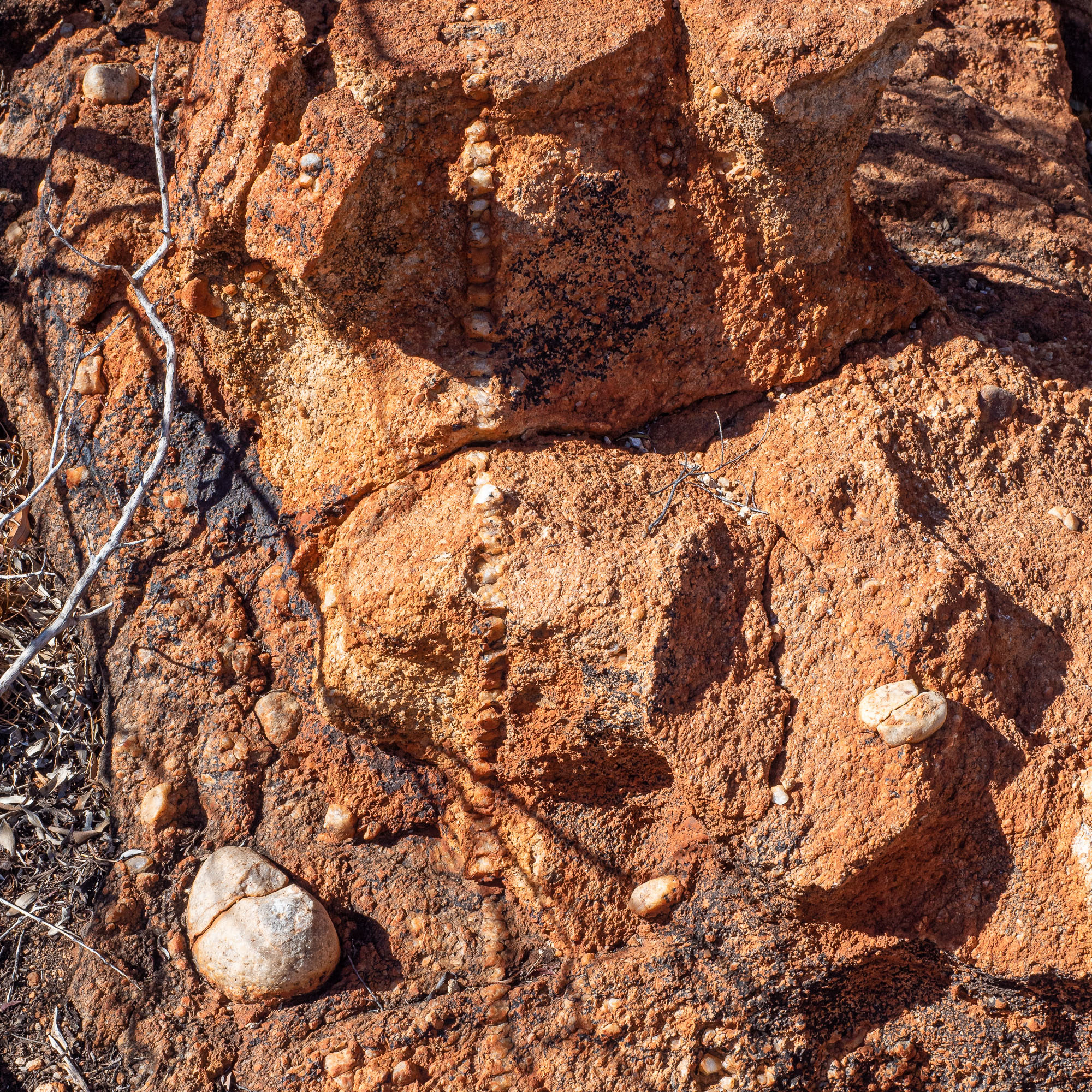
On the way back home from our summit conquering trek we dropped in to view the Cattle Pool permanent water hole along the Lyons River. A scenic and very relaxing spot in an otherwise harsh and dry terrain.
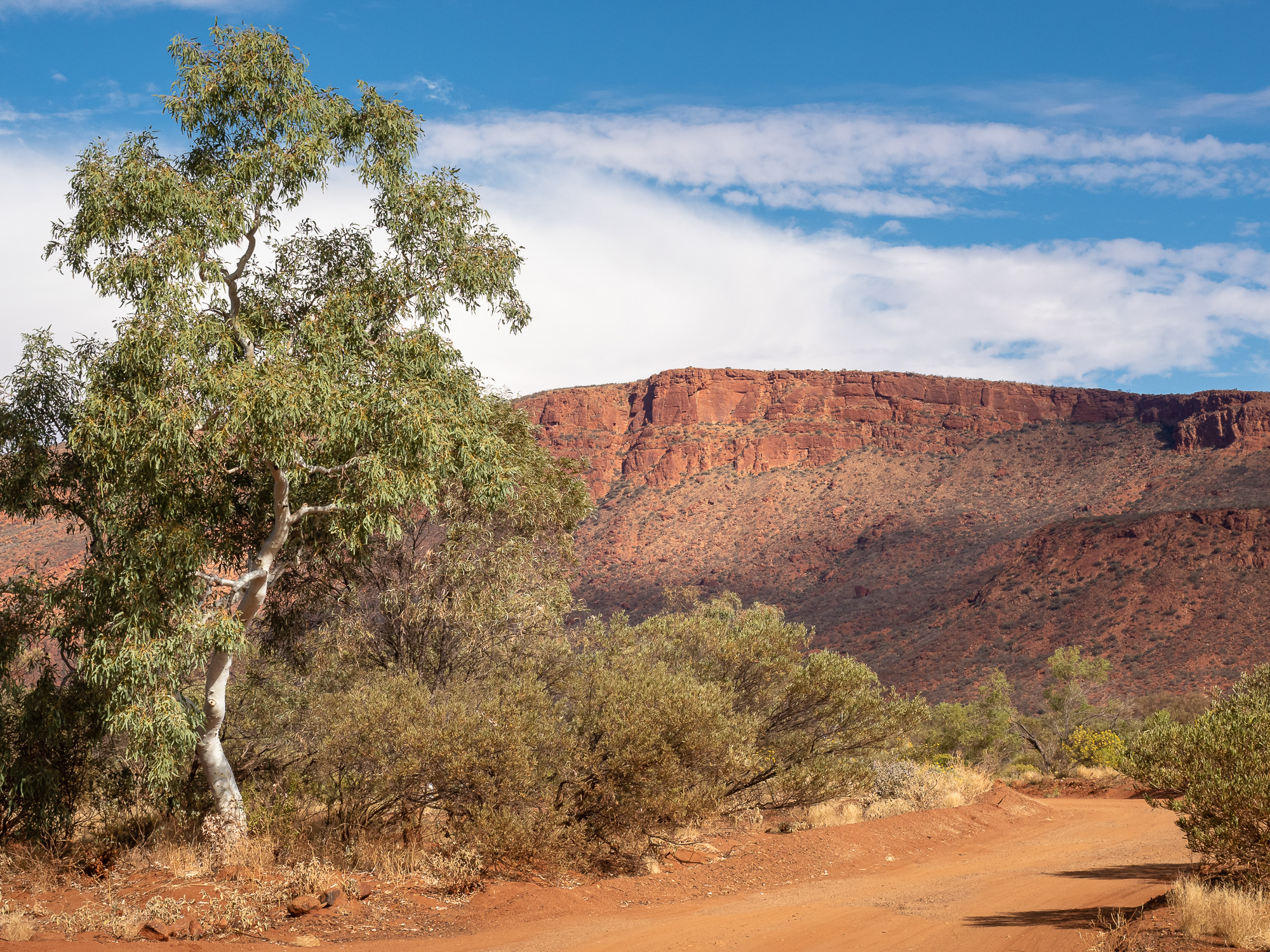
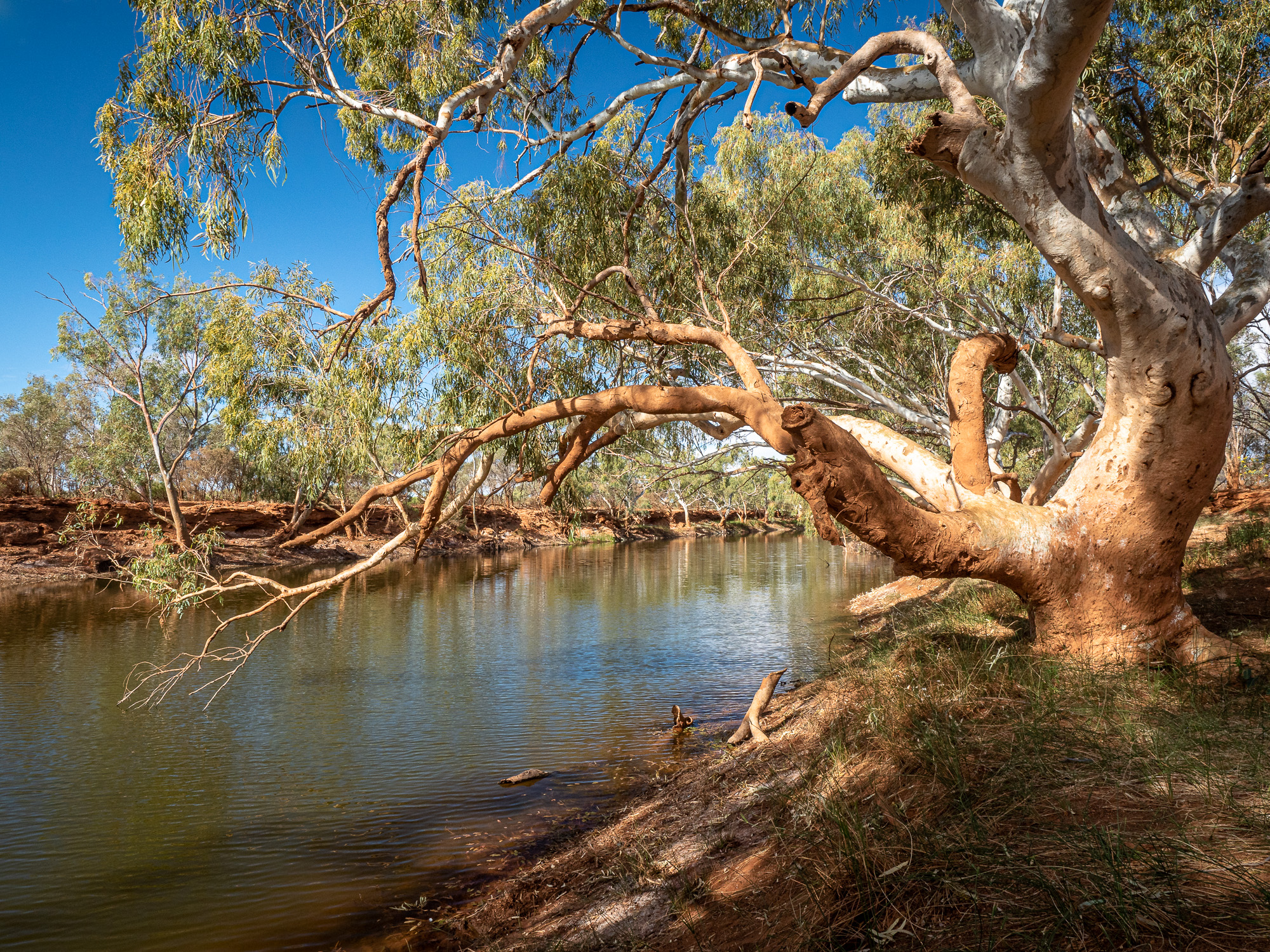
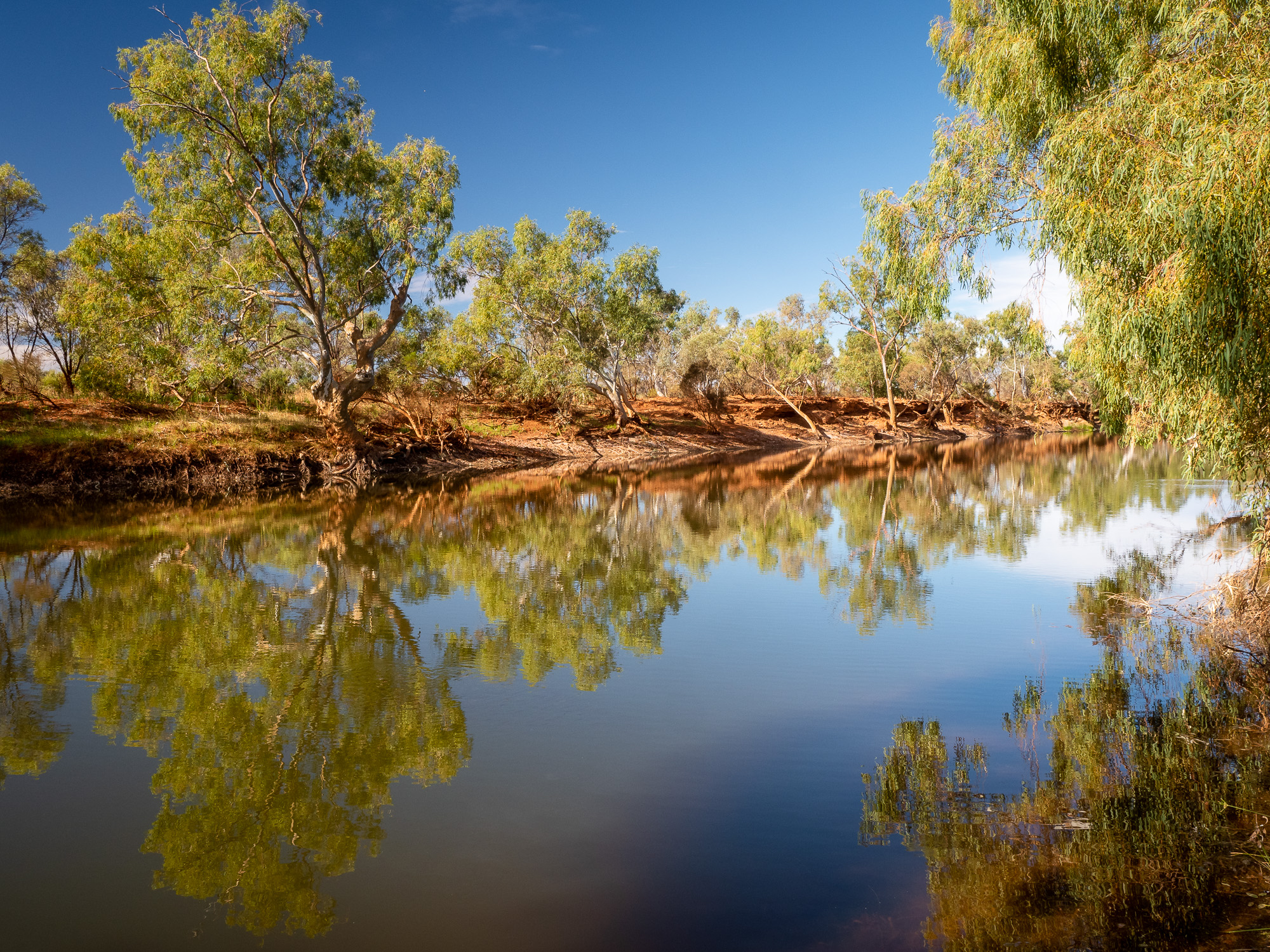
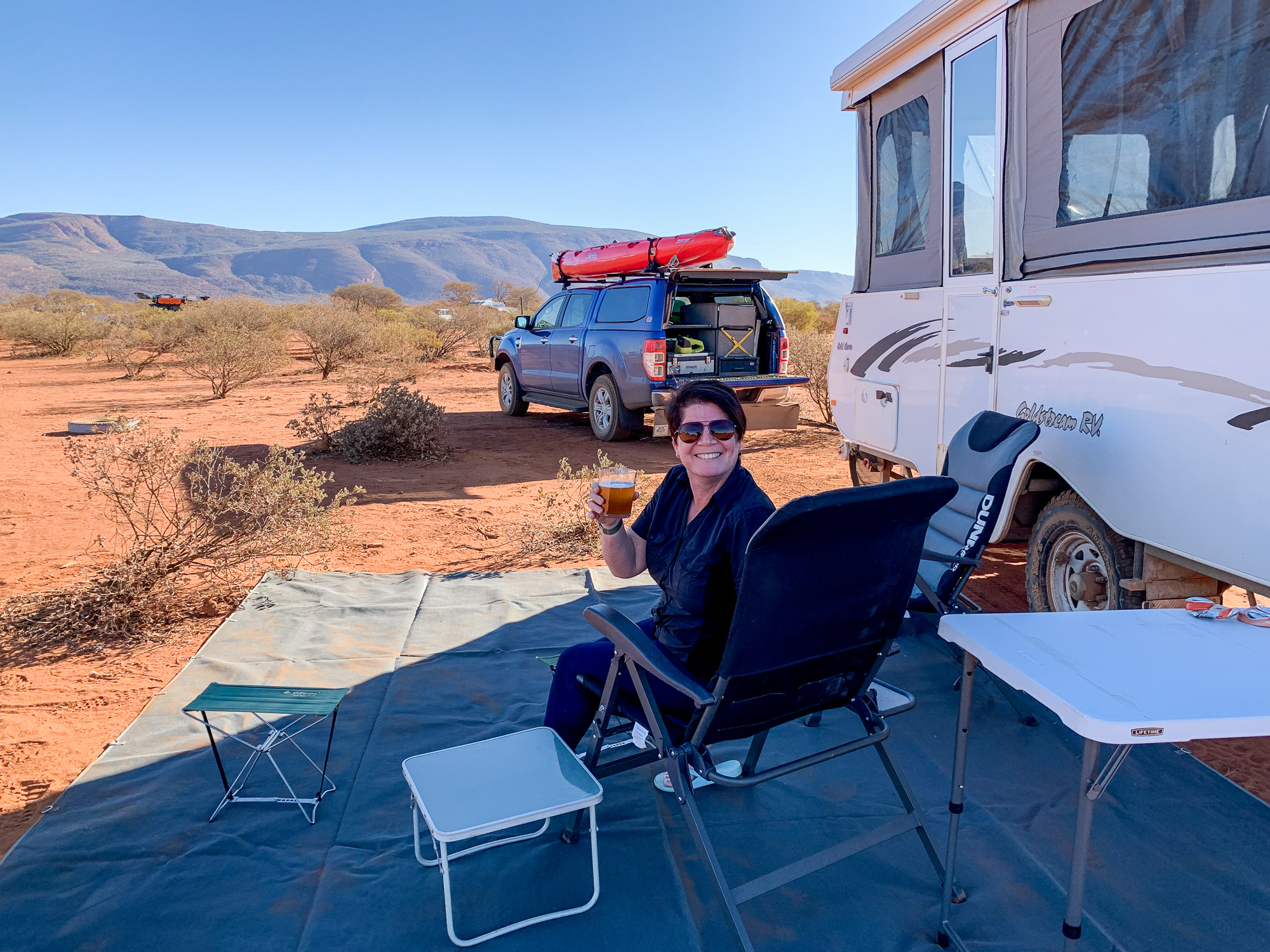
Day 2 at Mt Augustus and Jules was still very sore with her groin strain, so we decided to take things a bit easier. A casual start to the day, albeit noisily awakened by the mobs of Corellas and Galahs. We did the loop drive around Mt Augustus, stopping in at the various short walks and scenic locations.
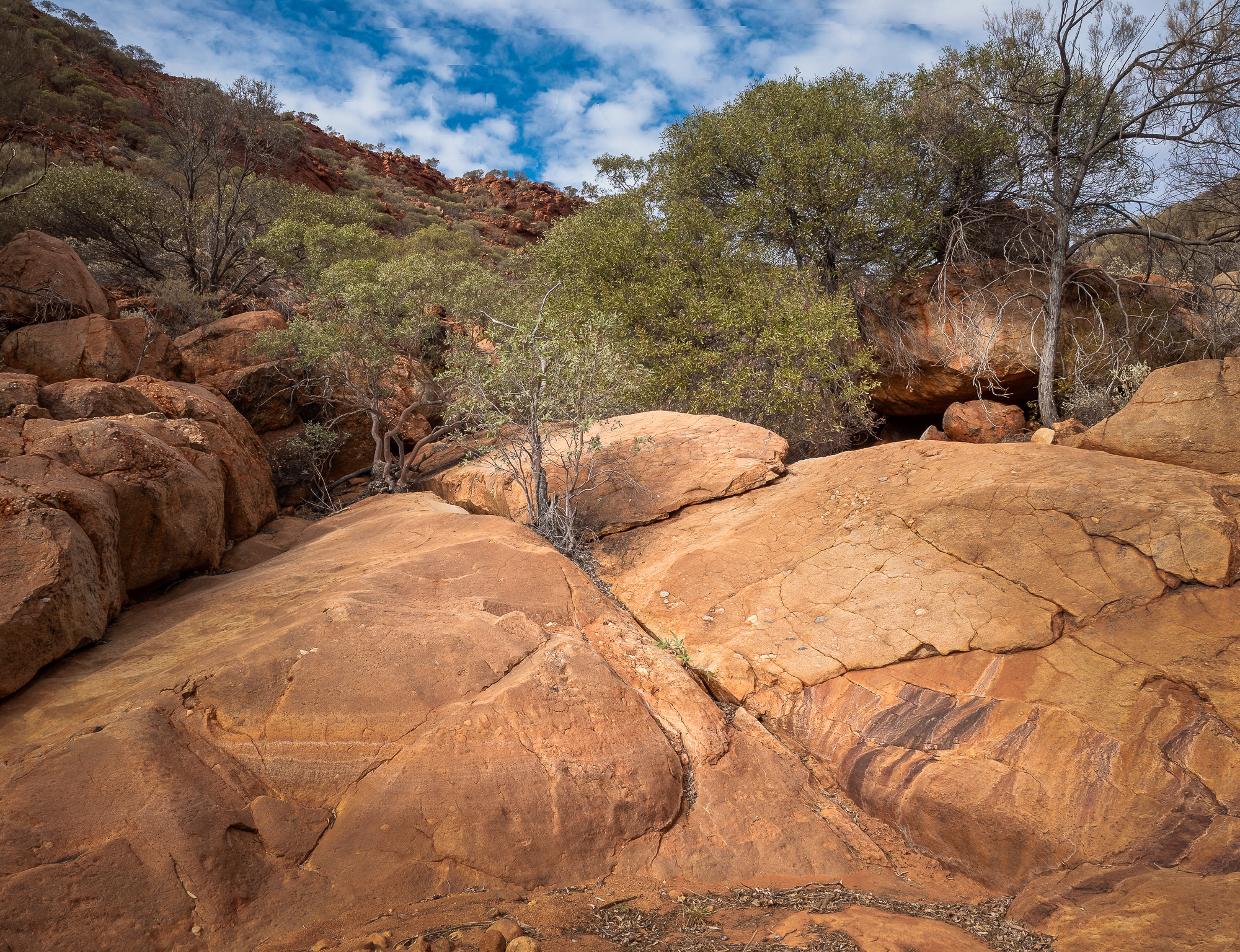
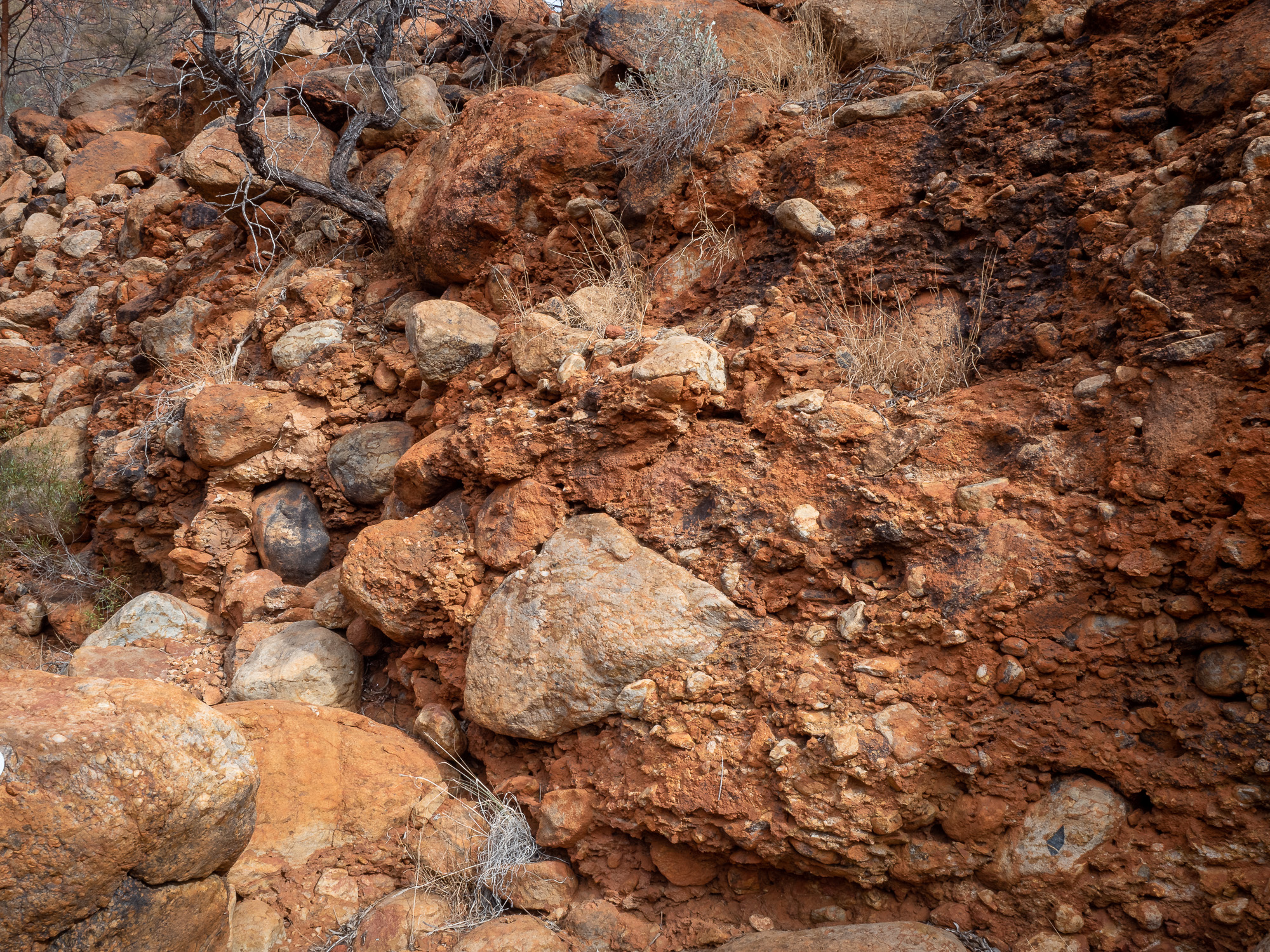
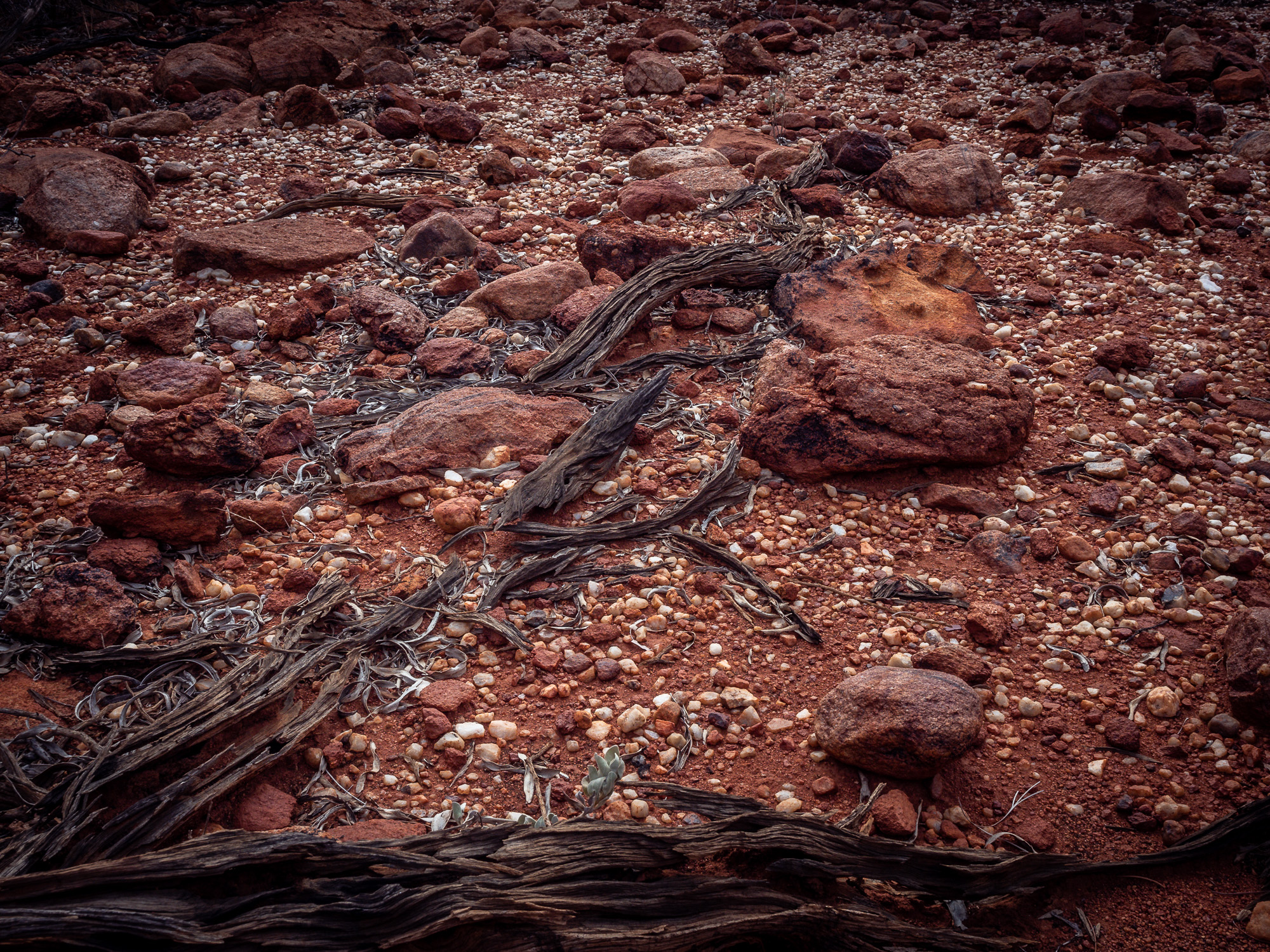
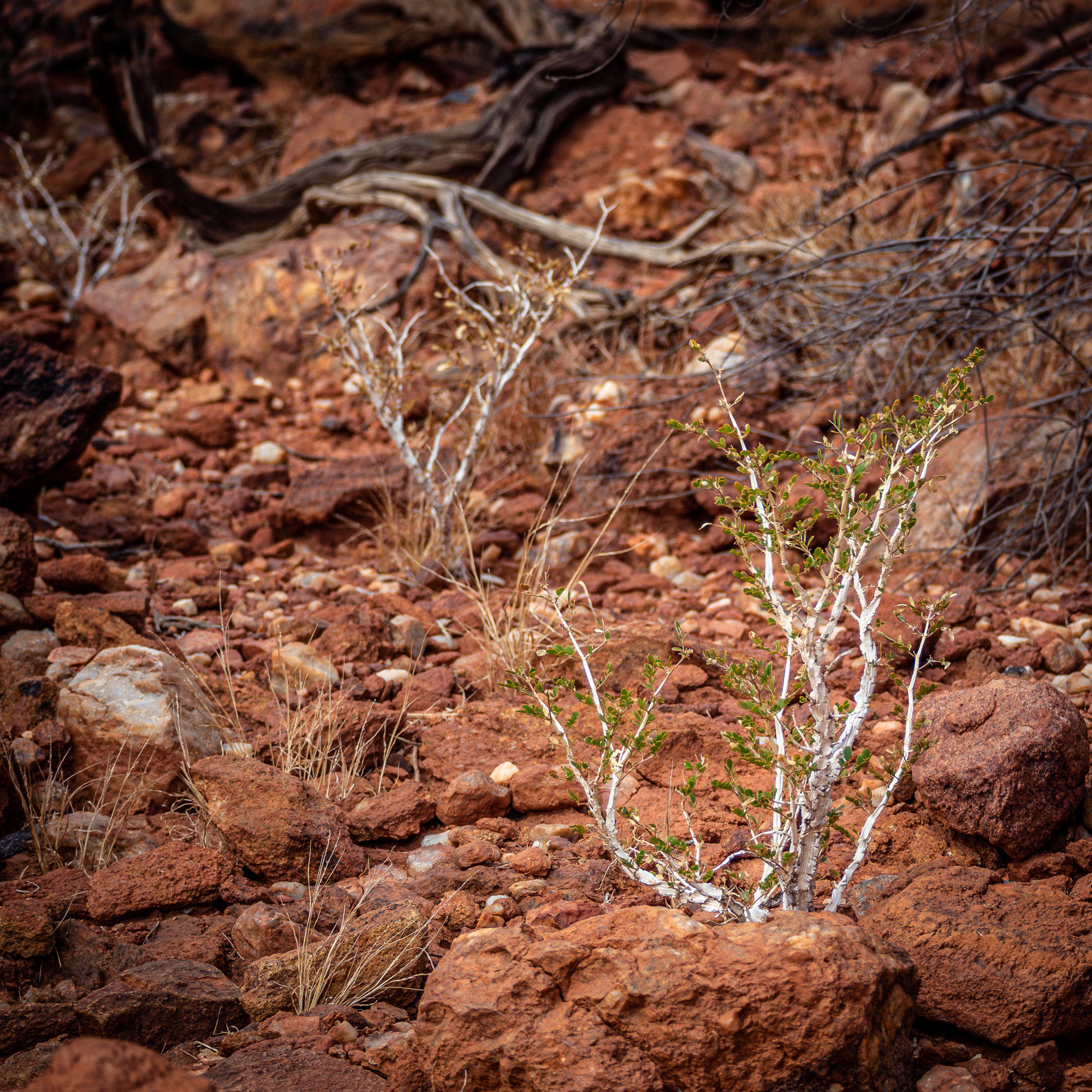
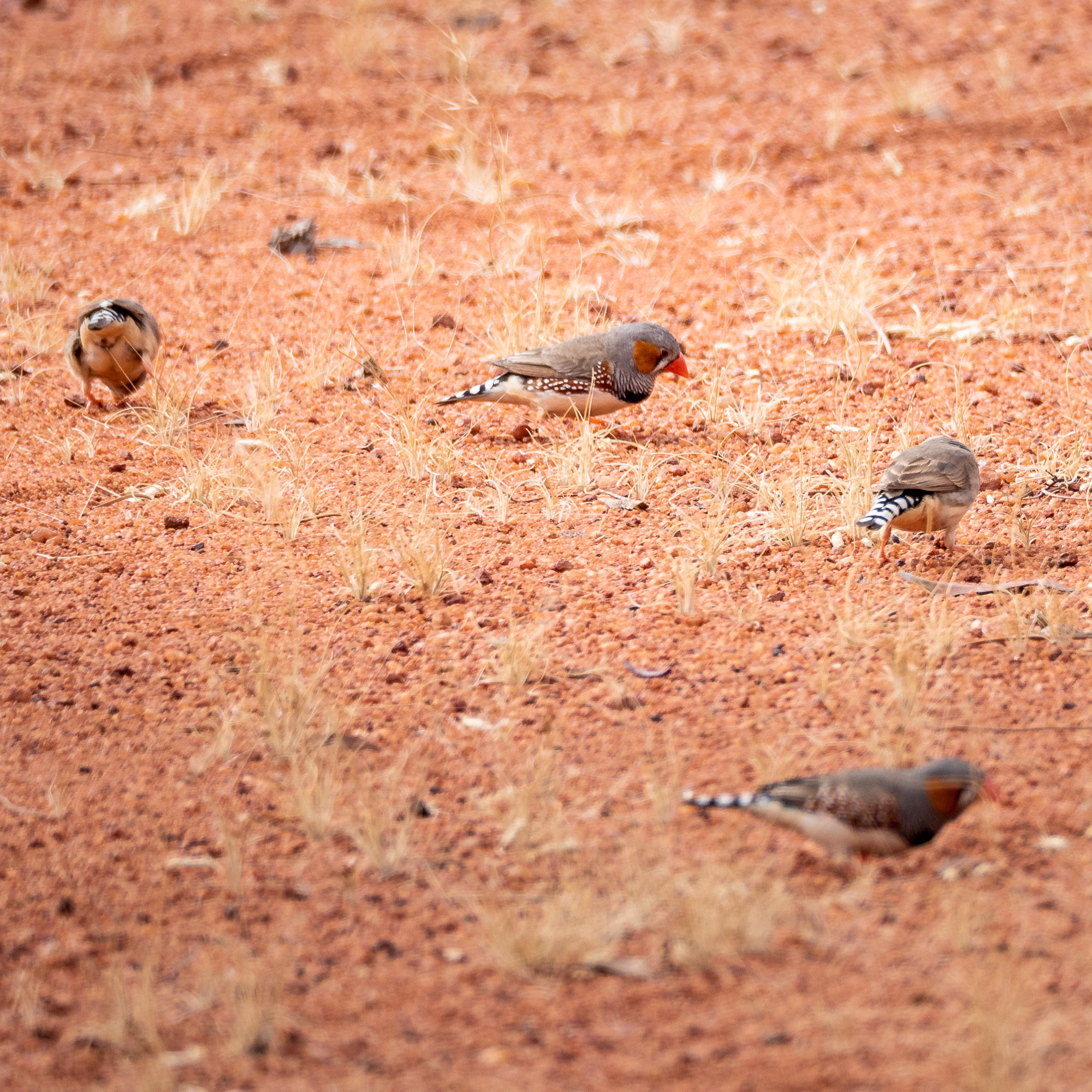
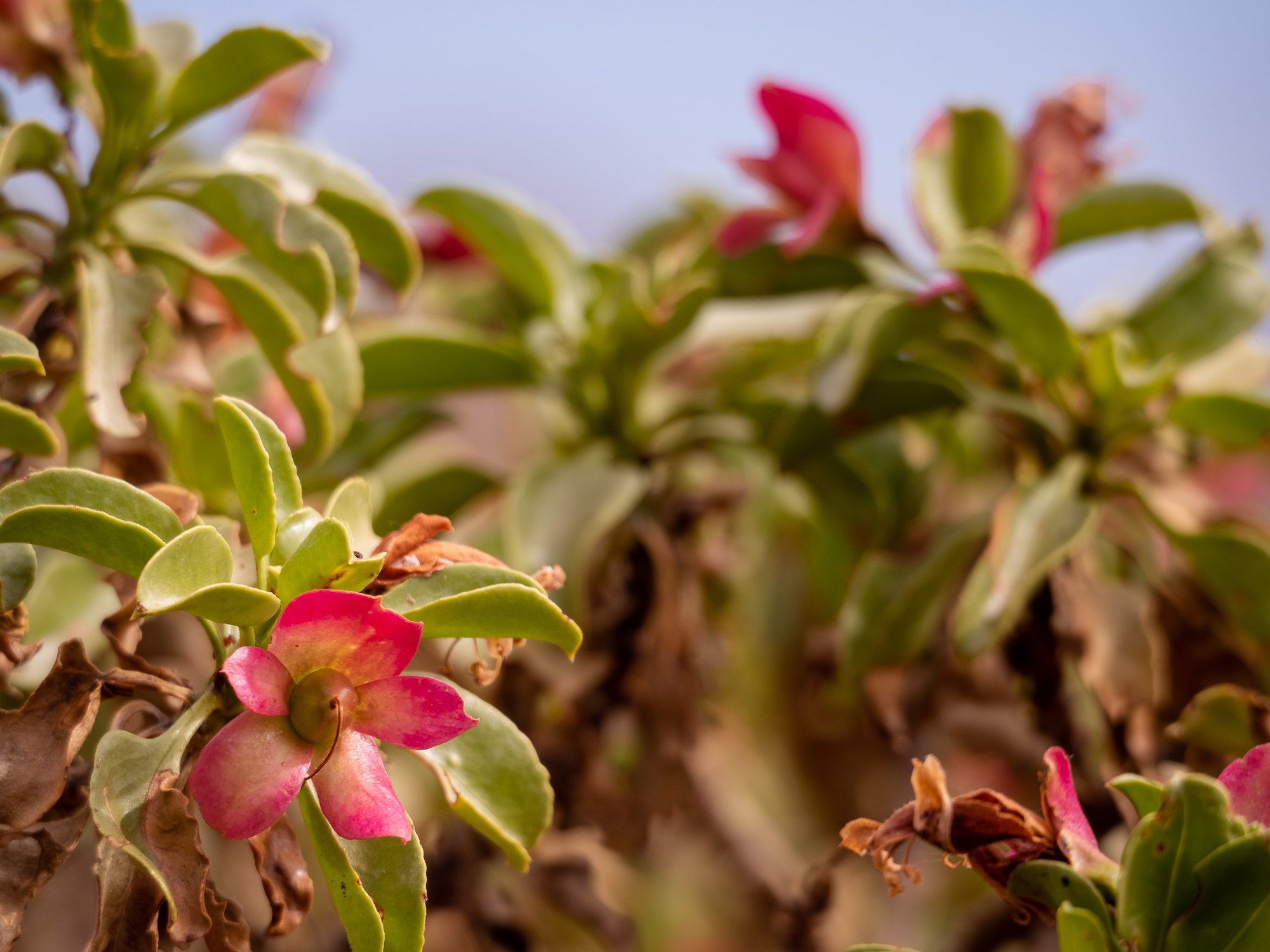
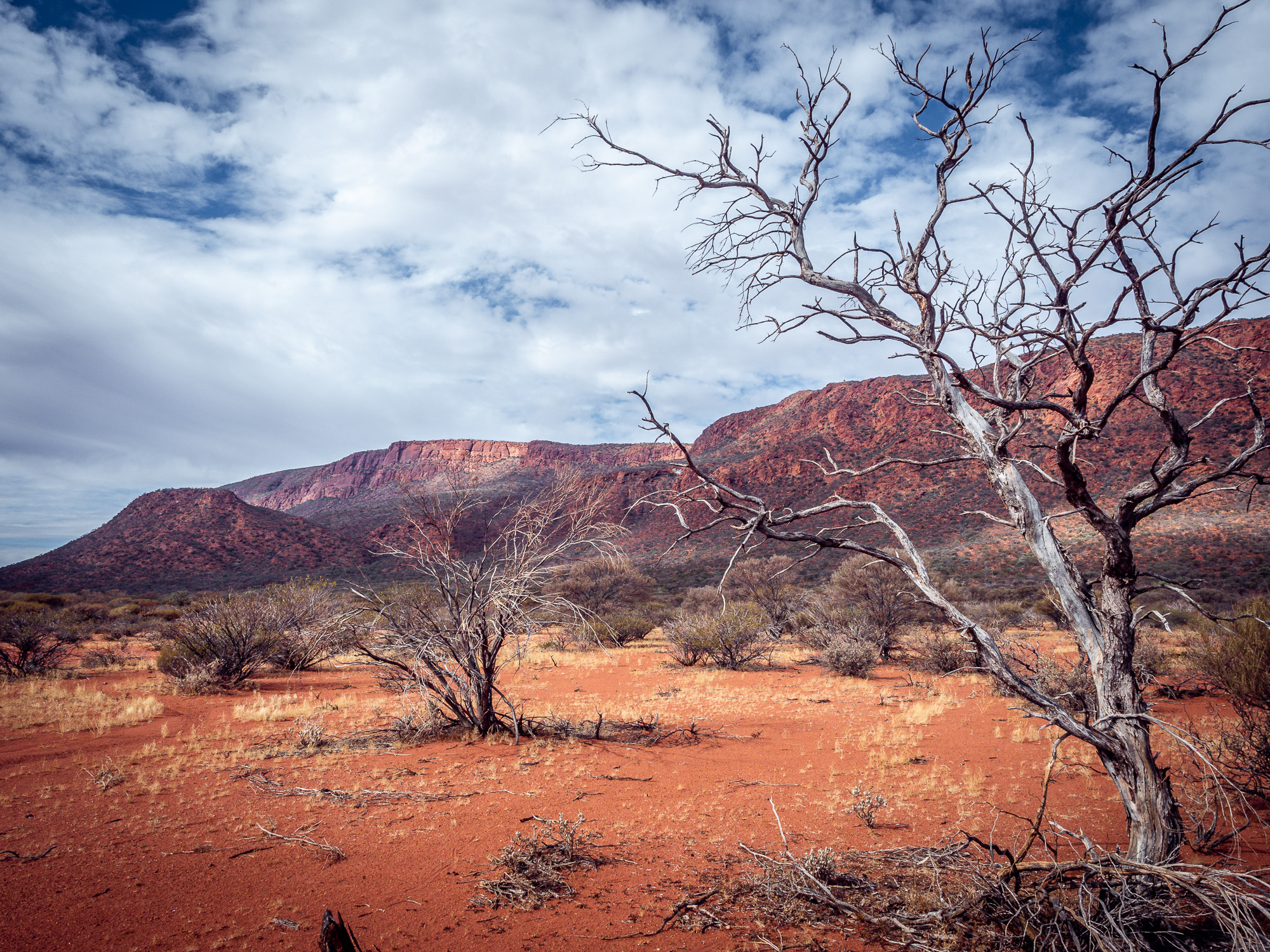
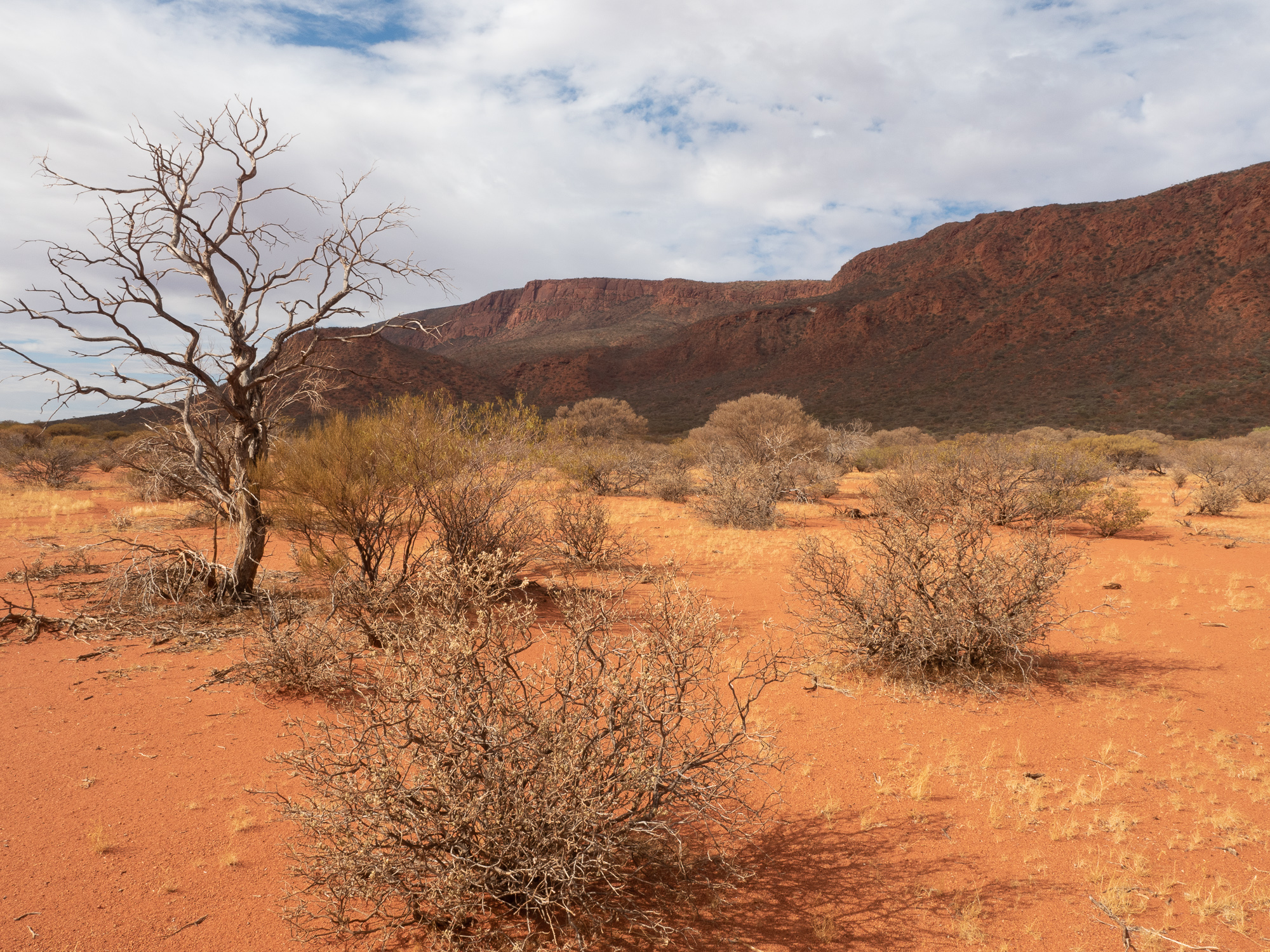
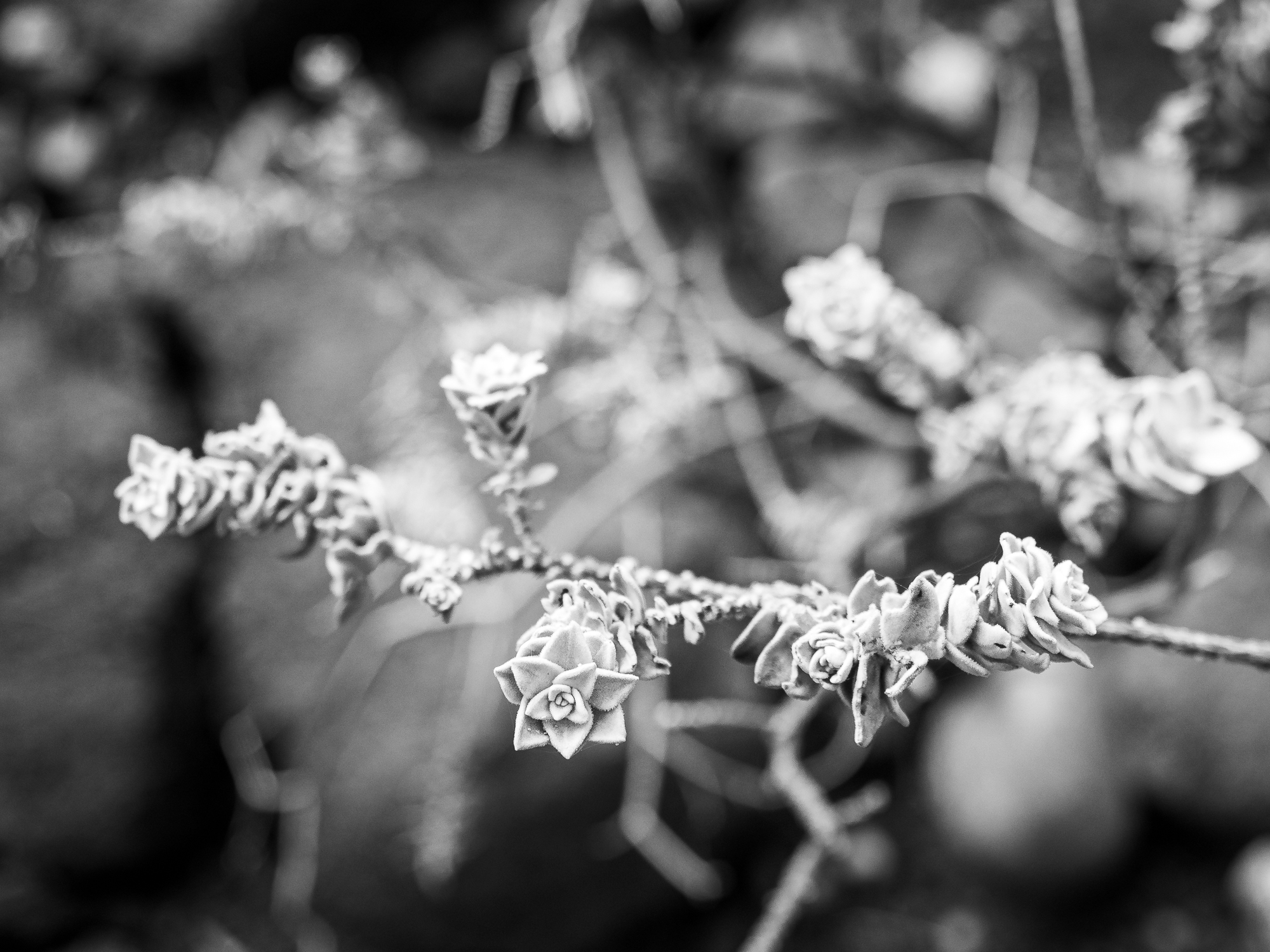
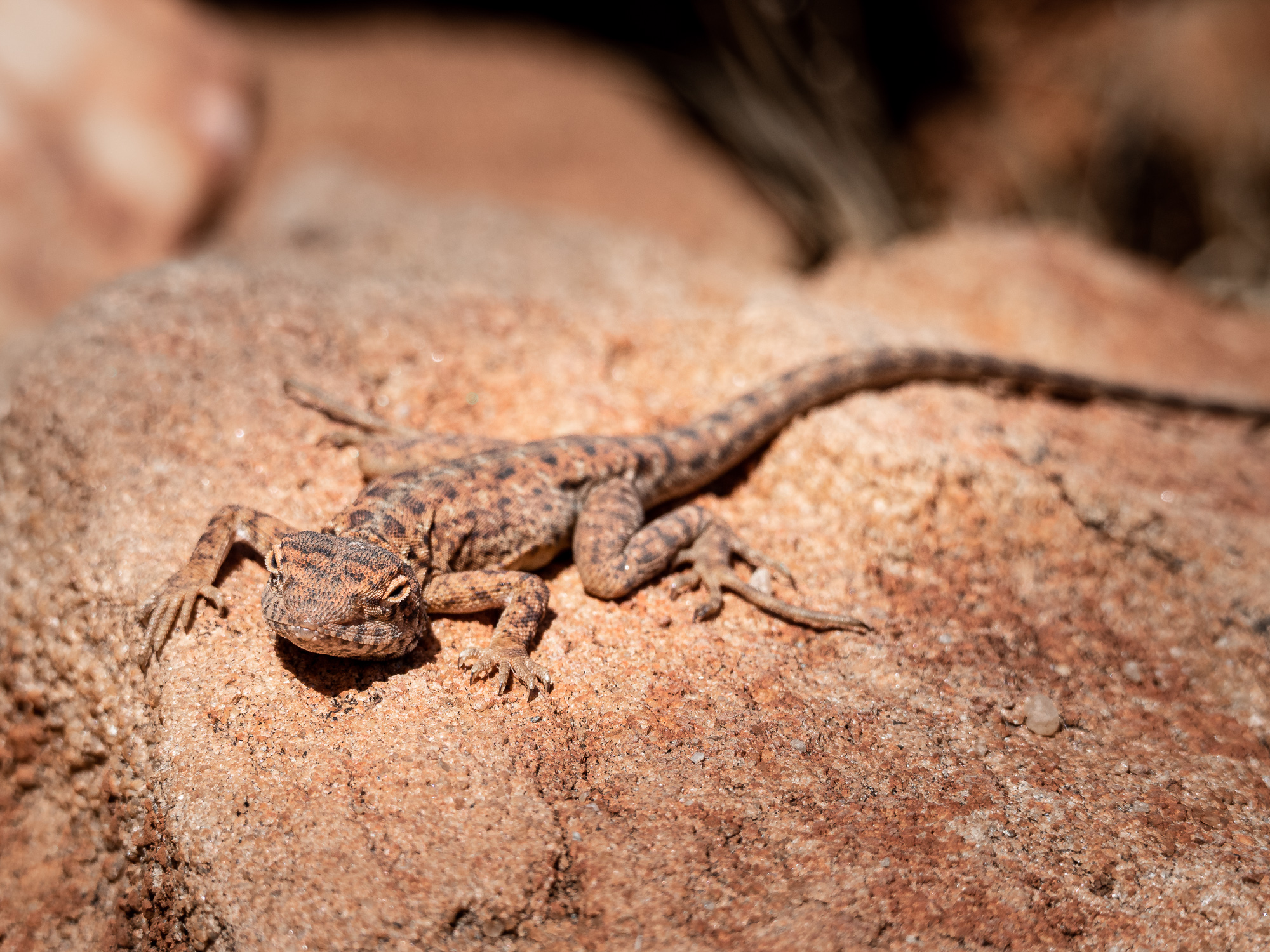
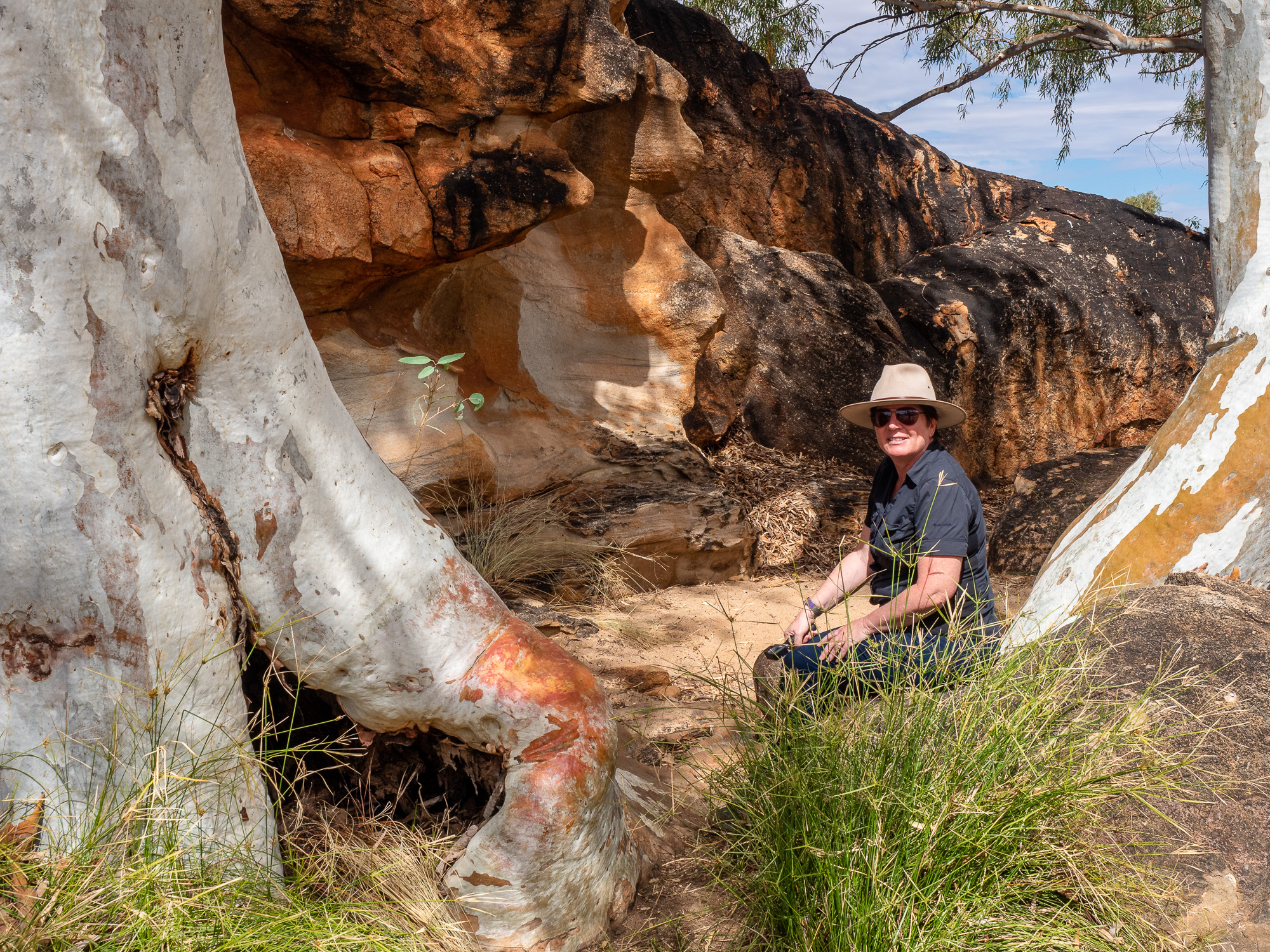
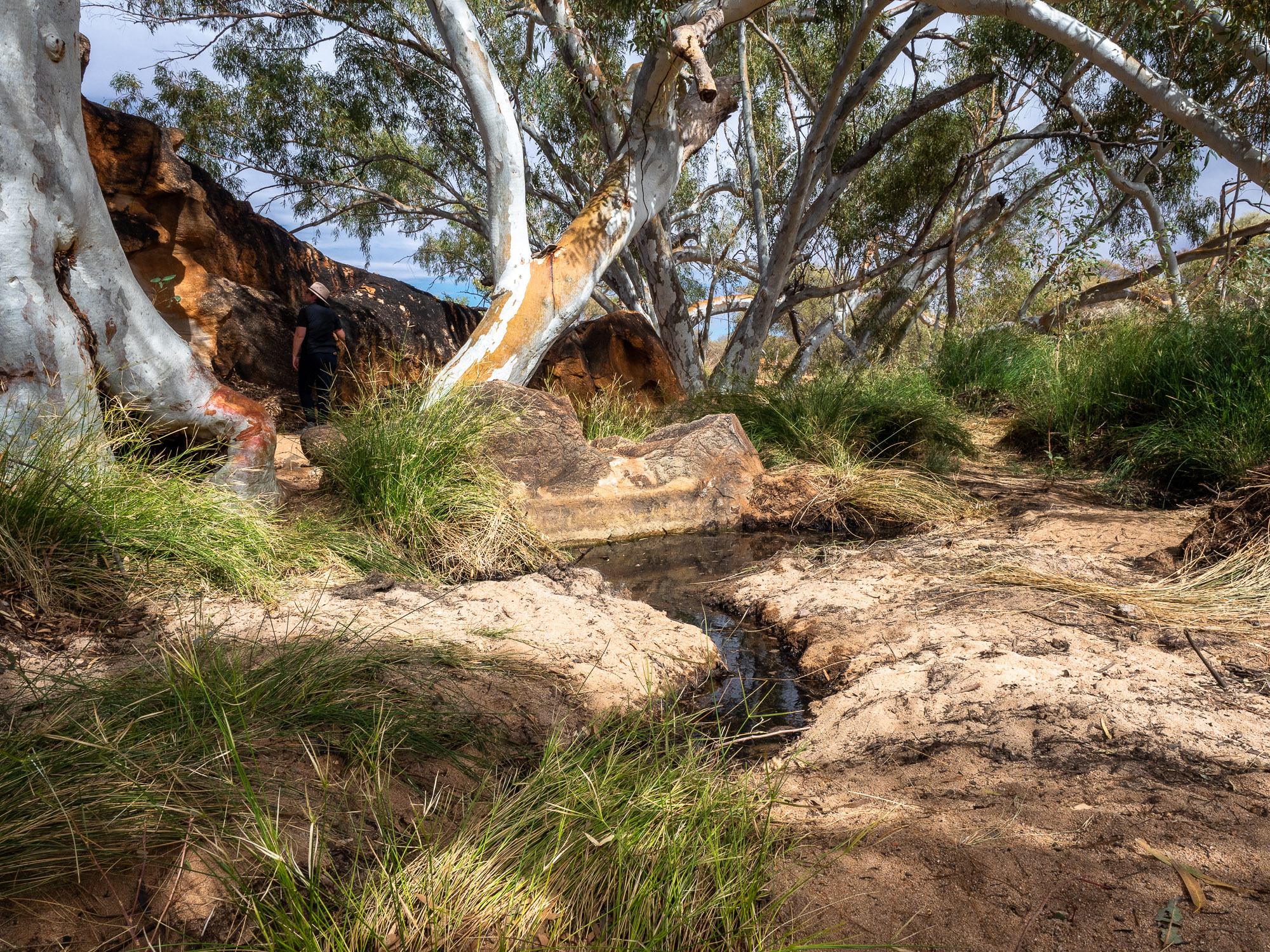
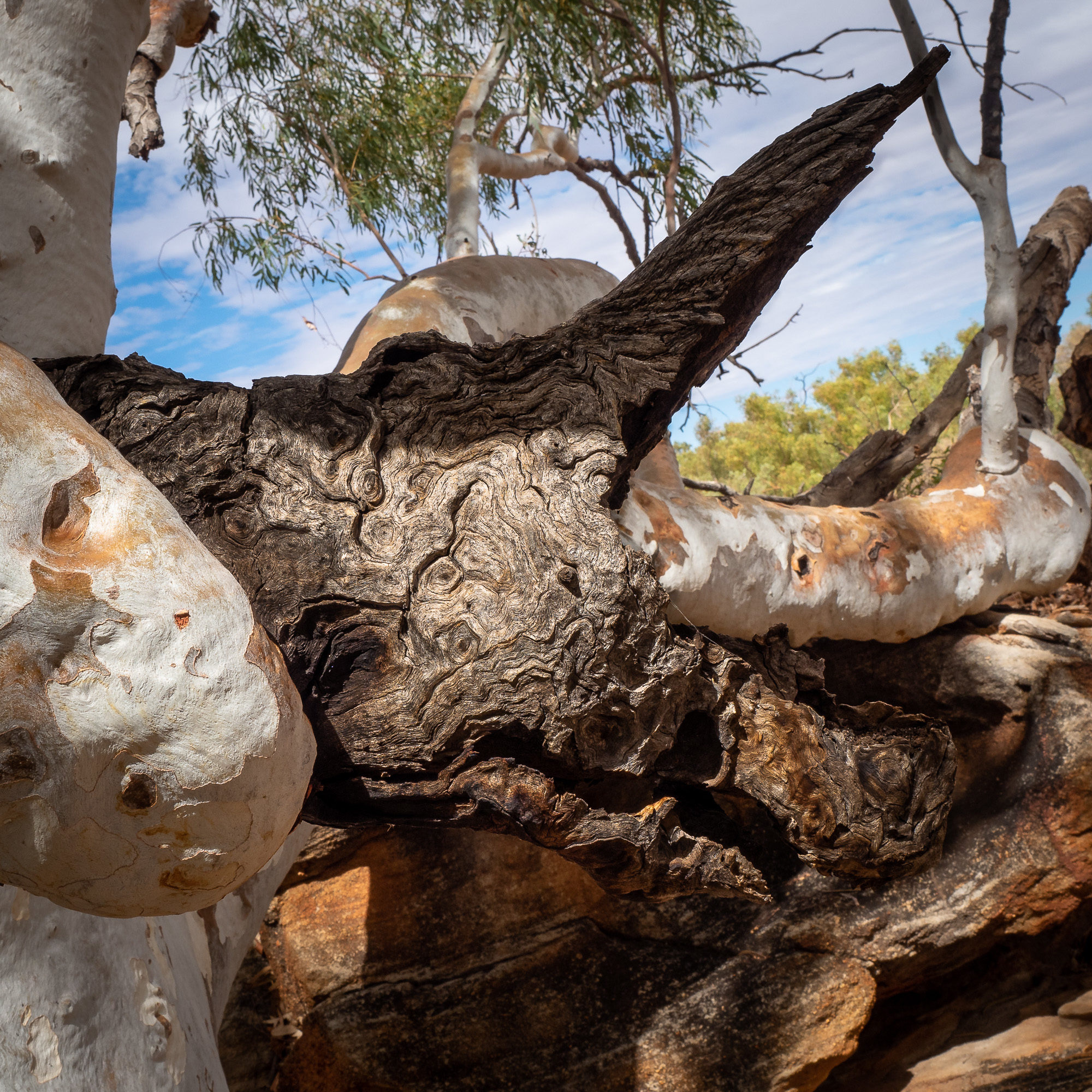
Before leaving home, we’d been checking the weather forecast and noted that there was a 90% chance of 10-20mm rain at Mt Augustus, (a rarity to be sure), coming on Sunday (tomorrow). A quick visit to the park office confirmed this was still being forecast. In fact, the office lady described the forecast as “shit loads of rain on Sunday and Monday.” With this in mind, we decided to cut our Mt Augustus adventure short by a day, and we’ll be heading East, into the approaching storm front tomorrow, hopefully making it to Kennedy Ranges prior to the rain turning the dusty roads into mud.
However, before we leave Mt Augustus, we spent the evening out at the Emu Hill viewing area watching the sunset over Mt Augustus as we partook in a bottle of white wine and got chatting to a lovely couple, Tony and Jill, who were also enjoying the view and taking photos.
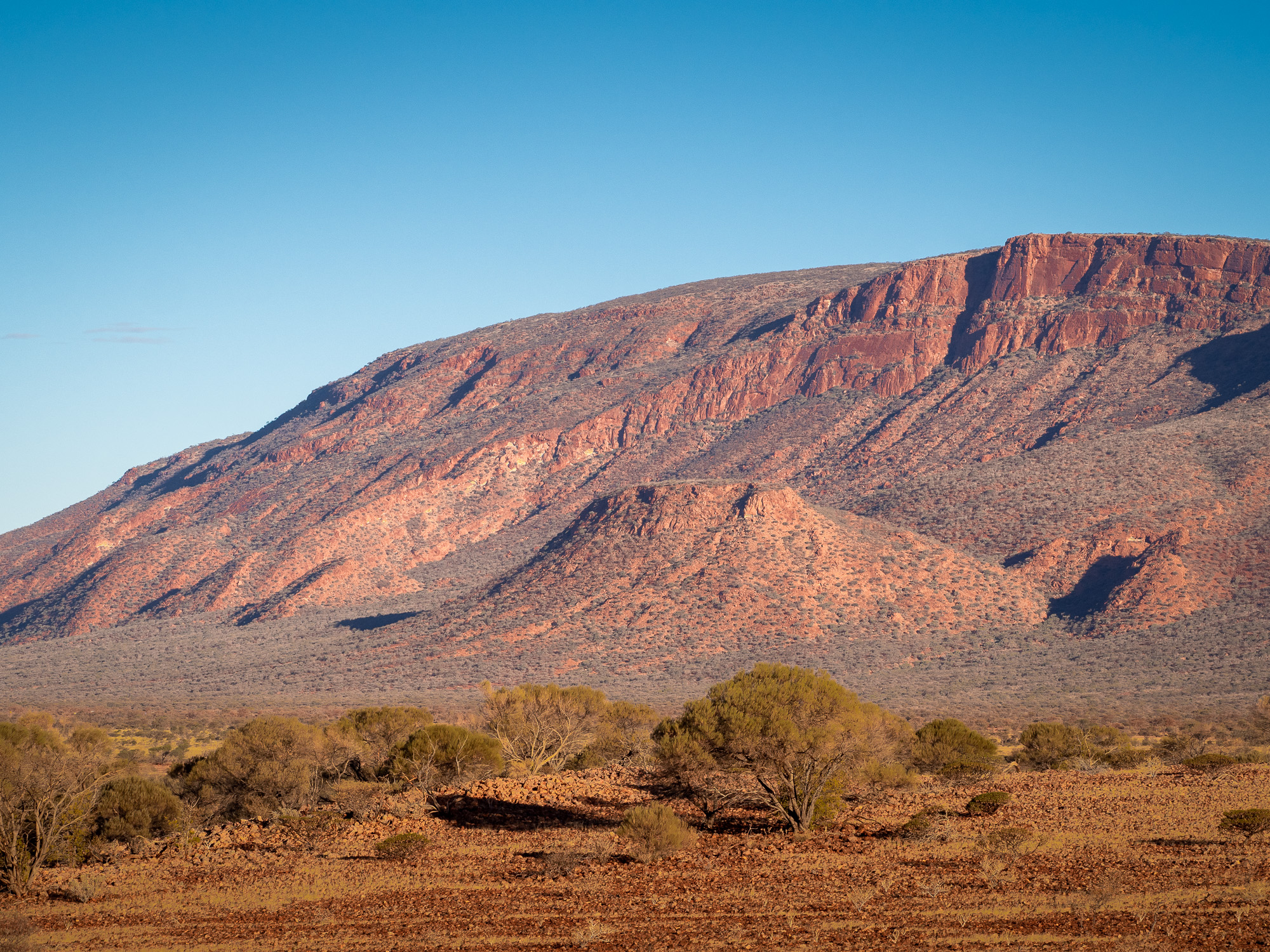
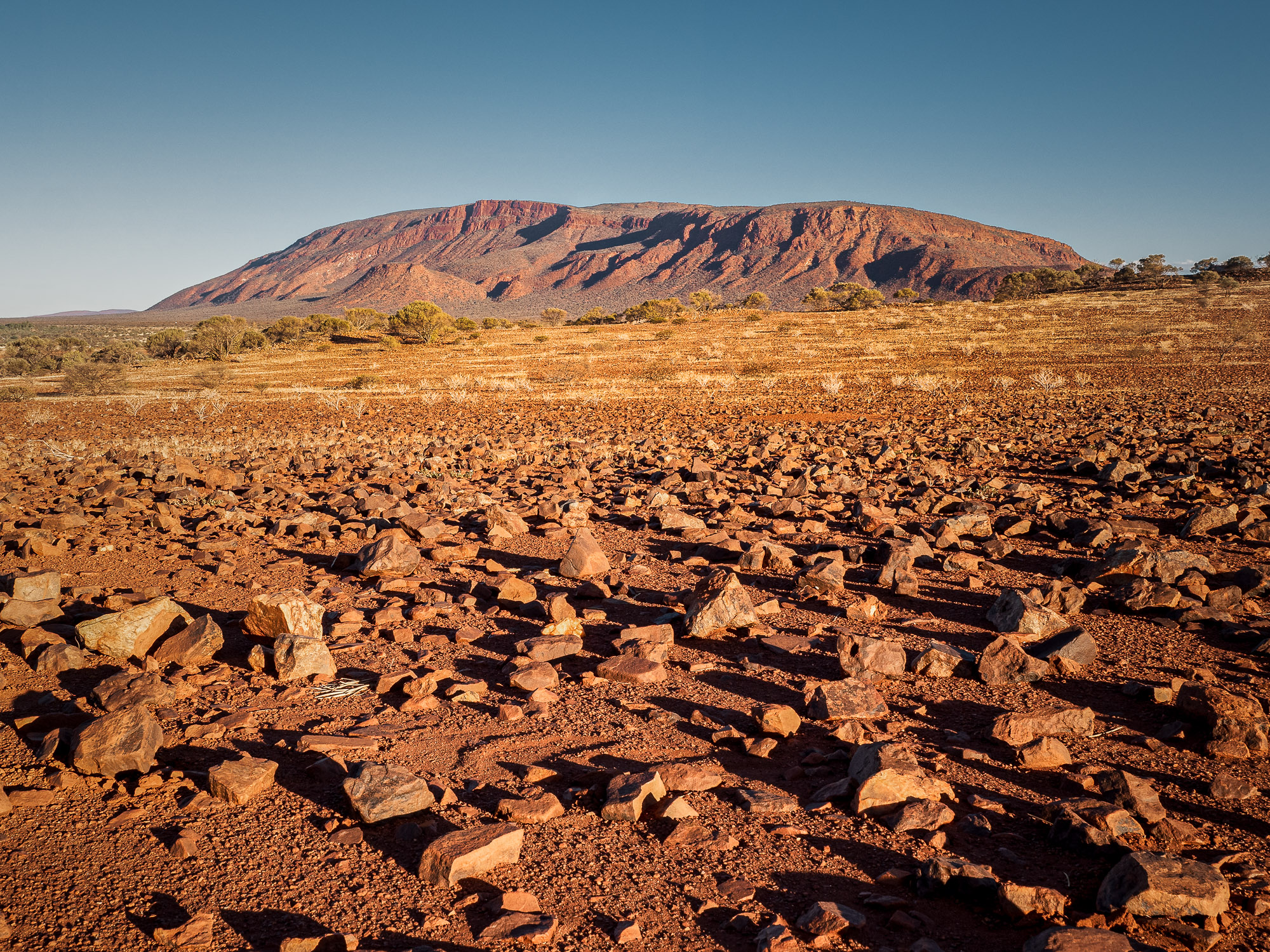
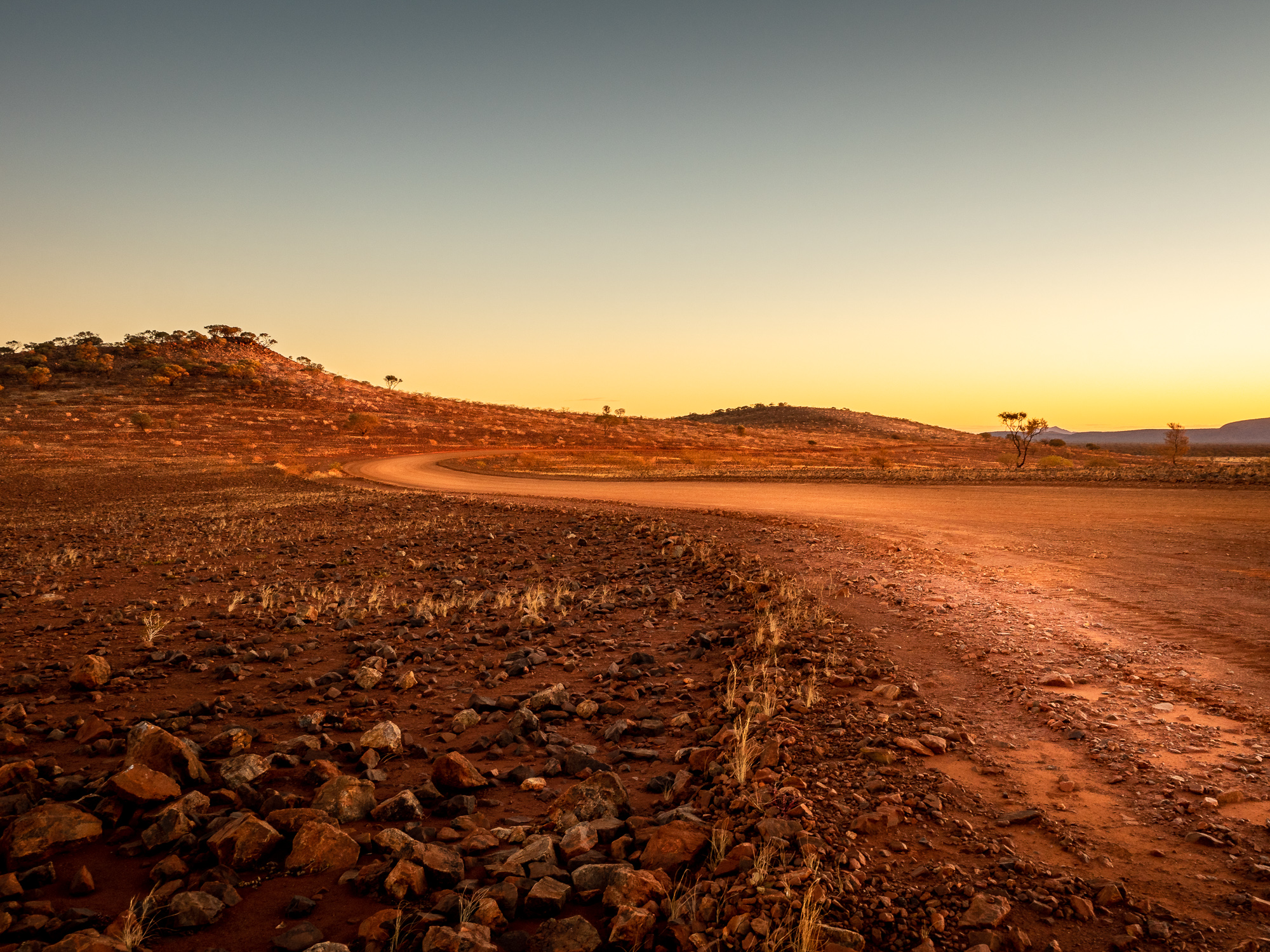
Having now completed the summit walk and the scenic, 50km loop around Mt Augustus, we both agree that whilst it’s an impressive location and does have some wonderful and beautiful aspects, it hasn’t rocked our boat as much as some of the other locations we’ve been fortunate enough to visit such as Uluru etc. but so glad we made the trek to see it for ourselves.